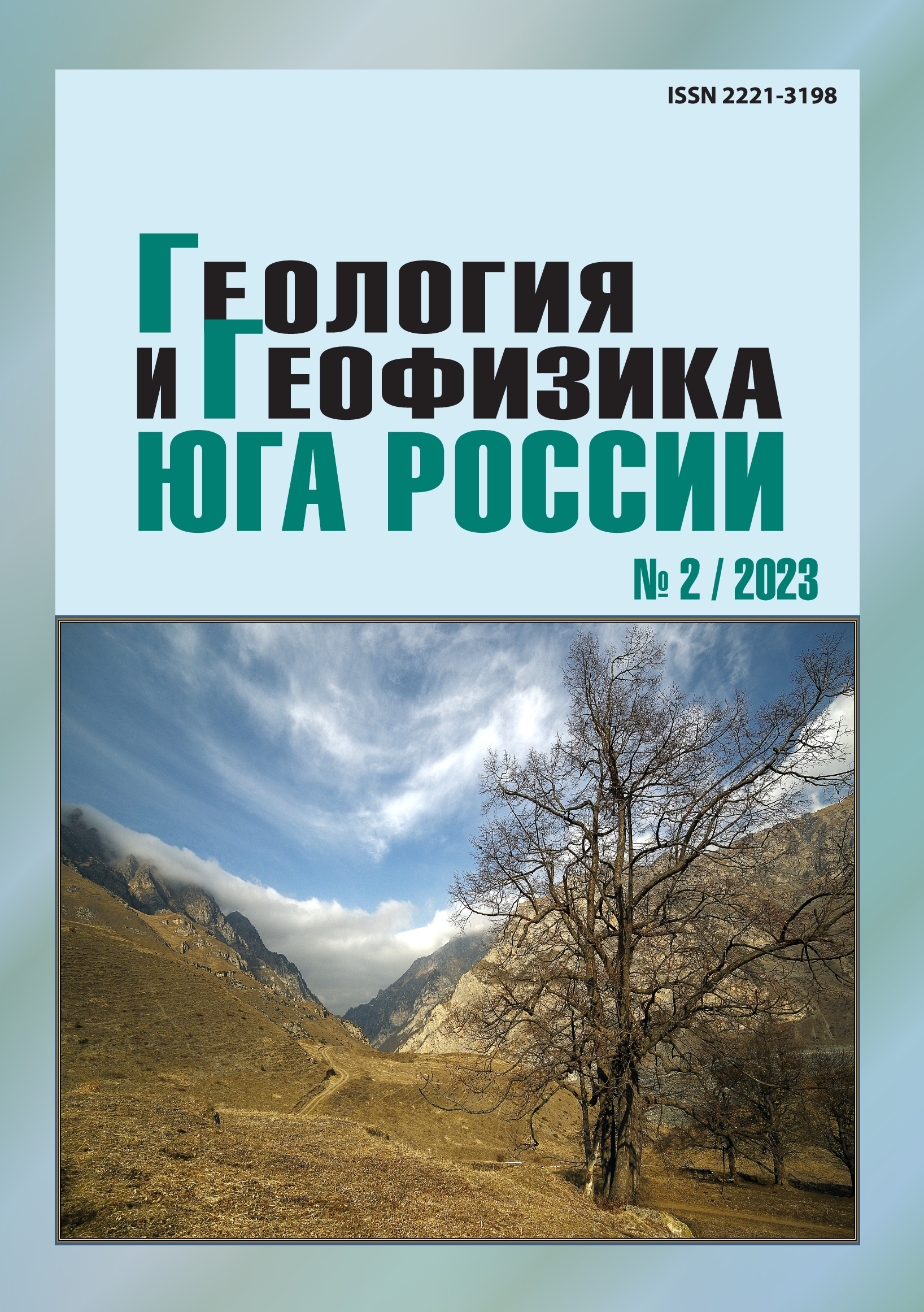One effective method for solving initial-boundary problems of transverse vibrations of a beam, taking into account its internal resistance
Abstract
Relevance. The article presents a newly developed effective method for setting and solving boundary value problems of transverse vibrations of a beam, taking into account the internal resistance of the beam material according to the hypothesis of E.S. Sorokin. The considered vibrations caused by the application of concentrated forces to the beam in the case when the ends of the beam are hinged, are modeled by boundary value problems for a differential equation with a complex coefficient. The complex coefficient creates some math- ematical difficulties in the process of solving the initial boundary value problem. Methods. The method of setting and solving similar initial-boundary value problems developed in the article is based on the sequential execution of a number of mathematical operations. The reliability and acceptability of the developed method are proved by conceptual analysis and by comparing the results obtained in the article with previously known solutions to the same problems, but without taking into account the internal resistance of the beam. The calculation results, being special cases when the loss factor is equal to zero, through which the internal resistance of the beam is taken into account, exactly coincide with the results obtained in this article. Results. On the basis of the obtained calculation formulas, the paper proves the assertion that taking into account the internal resistance of the beam significantly refines the patterns of forced vibrations when the frequency of the driving force is close to the value of the natural frequency of the beam. This shows the high efficiency of the developed approach. On the basis of the comparative analysis carried out in the article, the following important statement is proved: the solution of boundary value problems simulating the forced transverse vibrations of the beam, set on the basis of the hypotheses of E.S. Sorokin and Kelvin-Voigt may differ sharply from one another, but their amplitude values will exactly match. Due to the fact that the forced vibrations of the beam, taking into account internal resistance, are modeled by linear boundary or linear initial-boundary problems of mathematical physics, the principle of superposition of solutions is applicable to them and to the method developed in the article. According to this principle, if several harmonic forces are applied to the beam, then the resulting vibrations can be obtained by superimposing the vibrations caused by each individual force. In exactly the same way, it is possible to solve the problem of beam vibrations using the developed method when a continuously distributed harmonic load is applied to it, but the discrete summation must be replaced by integration along the length of the beam.


